A C-Arm machine is an advanced medical imaging device based on X-ray technology. They are primarily used for fluoroscopy capabilities, although they have radiography capability too. C-Arm is called so, due to its C-shaped arm, which is used to connect the x-ray source on one end and the detector on the other.
C-Arm machines are widely used during orthopedic, urology, gastroenterology surgeries, other complicated surgical, pain management and emergency procedures, cardiac and angiography studies and in therapeutic studies including stents or needle placements. The Fluoroscopy technology enables high-resolution X-ray images provided in real time, so that the surgeons can do more accurate procedures with better outcomes for the patient. C-Arm systems are also mobile and provide a great deal of flexibility to the surgeon to take images of whole body of the patient from different angles as required.
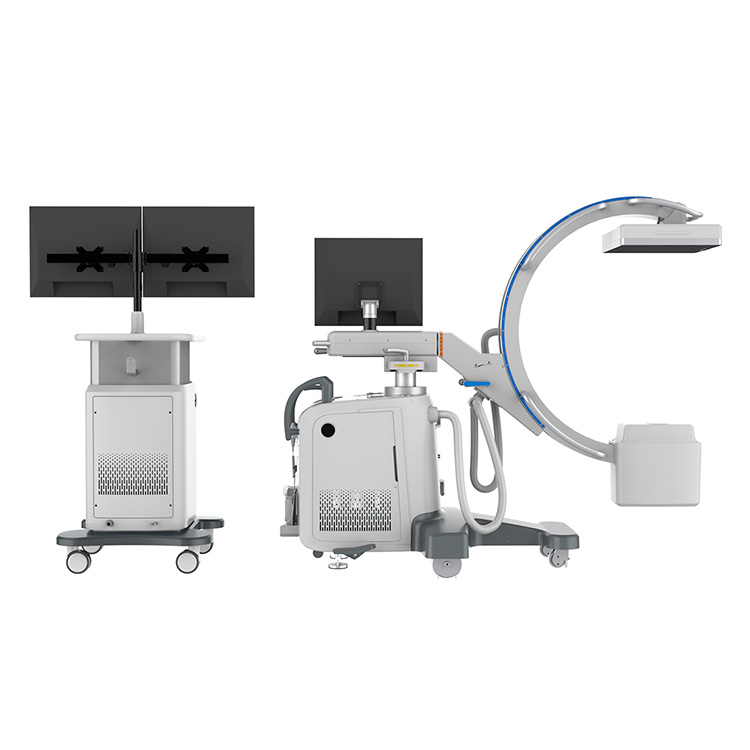
C-arm product parameters MSLCX20
Machine model
model: MSLCX20
power supply: 220V/110 AC
C arm fluoroscopy MSLCX20 Combined ray source
model: Gemini5
target angle: 10°
focus: 0.3/0.6mm
Input voltage: 220/110VAC
maximum output power: 5kW
Tube current: 0.1mA to 100mA
Tube voltage: 40 to 125kV
Maximum anode heat capacity: 200KHU
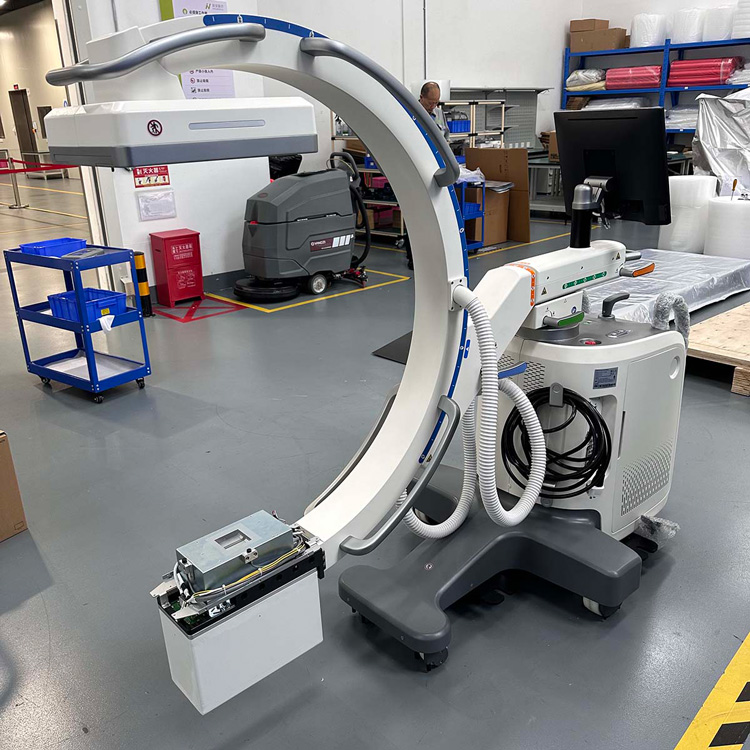
How does a mobile C-arm machine work? What are its key components?
A mobile C-arm, comprises of a X-Ray generator, an image intensifier or flat-panel detector and workstation, which has the controls and settings. The C-shaped arm connecting the generator and detector, allows movement horizontally, vertically and around the swivel axes, so that X-ray images of the patient are produced from many angles. The generator emits X-rays that penetrate the patient’s body which is placed in between. The image intensifier or detector converts the X-rays into a visible image displayed on the C-arm monitor. Physician can check anatomical details such as bones, fractures in the bone under consideration vs the position of implants and instruments in real-time, while doing the procedure, without causing damage to other parts.
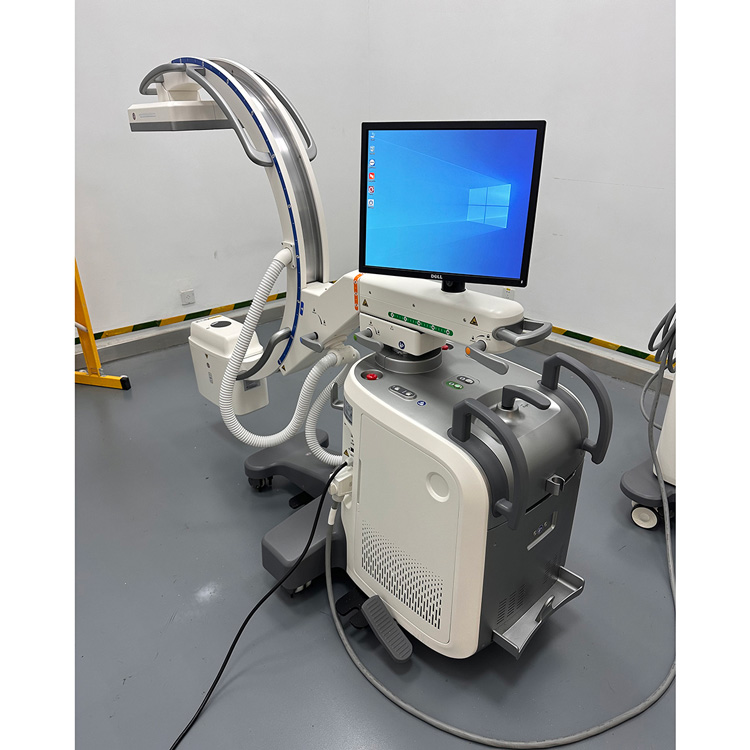
C arm fluoroscopy MSLCX20 Flat panel detector
model: Mercu0909F
semiconductor material: Amorphous silicon
pixel size: 205μm
Detector size: 9*9 inches
C arm fluoroscopy MSLCX20 Grid
grid ratio: 10:1
C arm fluoroscopy MSLCX20 workstation
CPU: Intel Core I5
Memory Capacity: 16G
hard disk: ITB
operating system: Windows 10 64-bit
graphics card: Integrated Graphics
C arm fluoroscopy MSLCX20 Acquisition software
model: Brain DRF
basic skills: Integrated acquisition software
How is a C-Arm different from Radiography or Fixed Fluoroscopy machines?
Radiography involves use of x-ray for imaging and recording the image either digitally or on an x-ray film. Fixed fluoroscopy procedures such as barium meal studies gather real-time moving images using x-ray for visualizing body parts and flow of fluids like blood or contrast agent, to detect blockages etc. Both X-ray (Radiography) and fixed fluoroscopy are used for diagnostic purposes. C-Arm on the other hand, although again a fluoroscopy device, is used to aid surgical procedures.
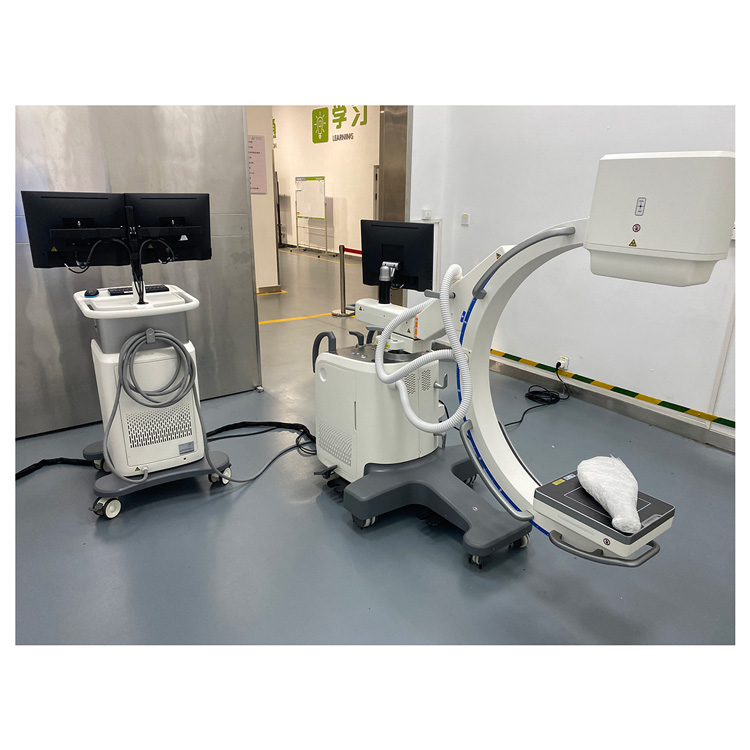
Compact or Full size C-arm?
Applications of mini C-arms are fairly clear. What about choosing between Compact and Full-size C-arms?
As is evident from the name – Compact C-Arms come with an all-in-one design where in the monitor; generator, tube, Image intensifier, console and C-arm are all housed in one unit. This compactness saves a lot of space in the operating theatre and removes clutter. Compact systems also cost less than standard-sized systems, while they can handle most common types of cases.
However, the compactness also comes with a few trade-offs such as:
Loss of flexibility of positioning the monitor cart wherever needed while positioning the patient and the c-arm to the surgeon’s convenience. Although this may not always be the case. , for instance comes with separate monitor unit.
Lower generator power compared to similar standard-sized systems.
All-in-one compact systems also typically use stationary anode tubes with lower heat capacities, essentially negating the possibility of long-exposure cases..
In summary, while compact C-Arms do come with lots of flexibility and lower cost, they may not support wider range of procedures and types of patients. Hence, if we are expecting all types of cases and higher volume of usage, better to go for full-sized C-arm machine.
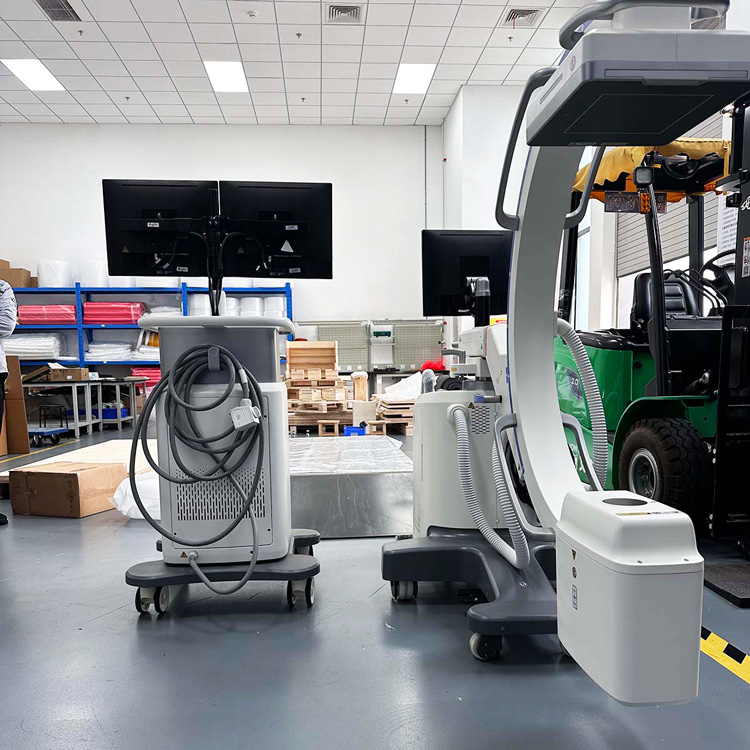
C arm fluoroscopy MSLCX20 Frame
C-arm slip angle range: -33°~117°
Rotation angle range of C-arm: ±180°
C-arm vertical movement range: 400mm±8mm
Horizontal movement range: 200mm±4mm
Horizontal swing range: ±15°
The arc depth of the C-arm is: 640mm±10mm
C-arm opening distance: 780mm±10mm
mobile cart: The height of the operation surface from the ground is about 1030mm, the left and right width is about 670mm, and the front and rear width is about 660mm
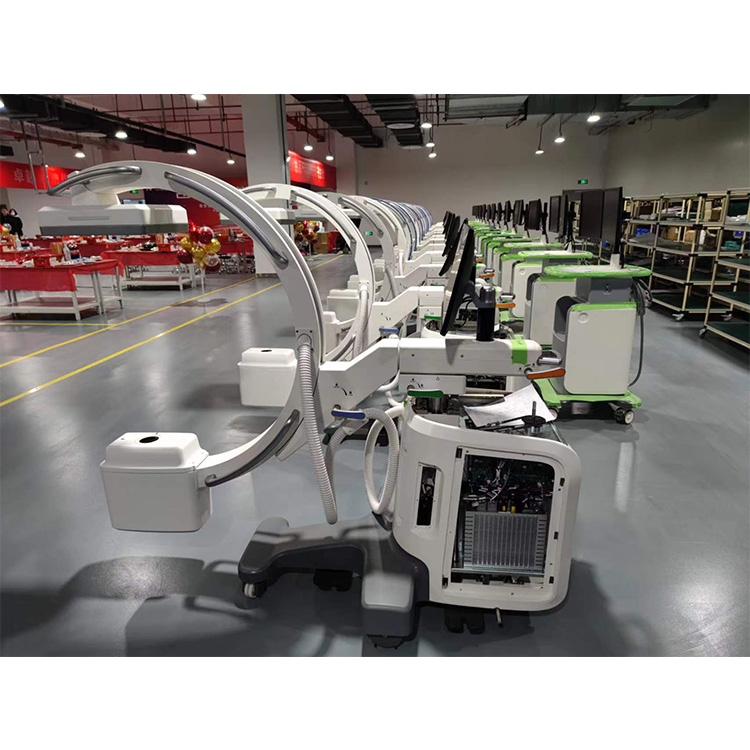
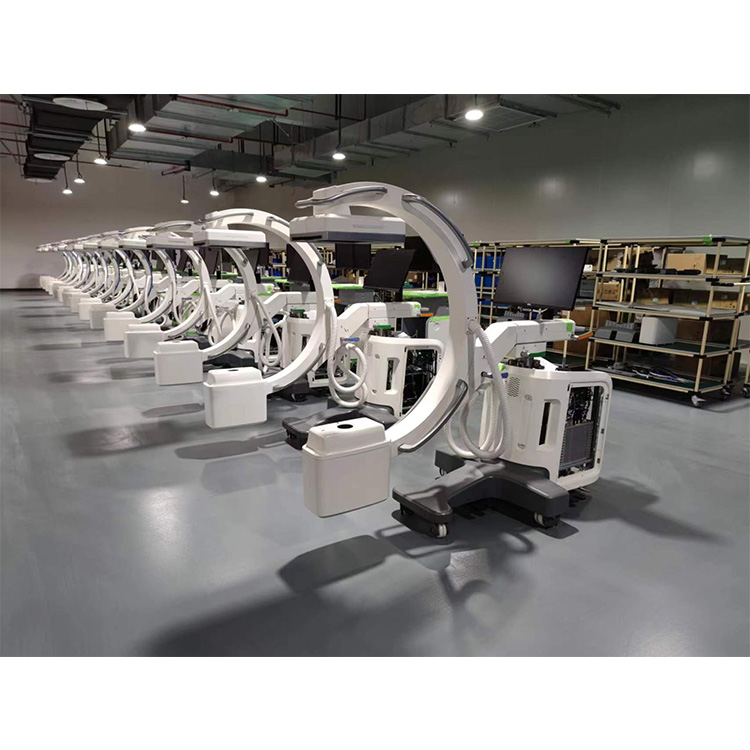
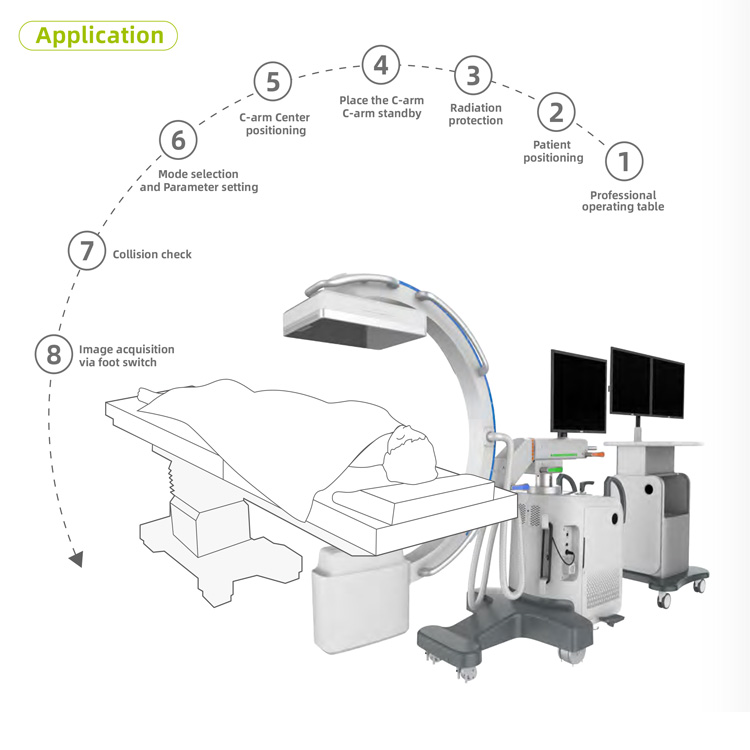
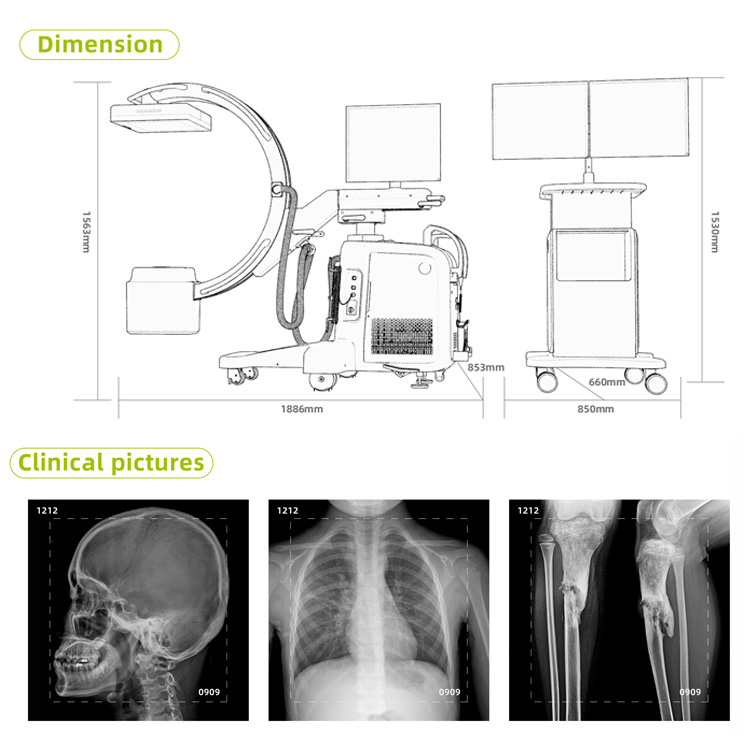
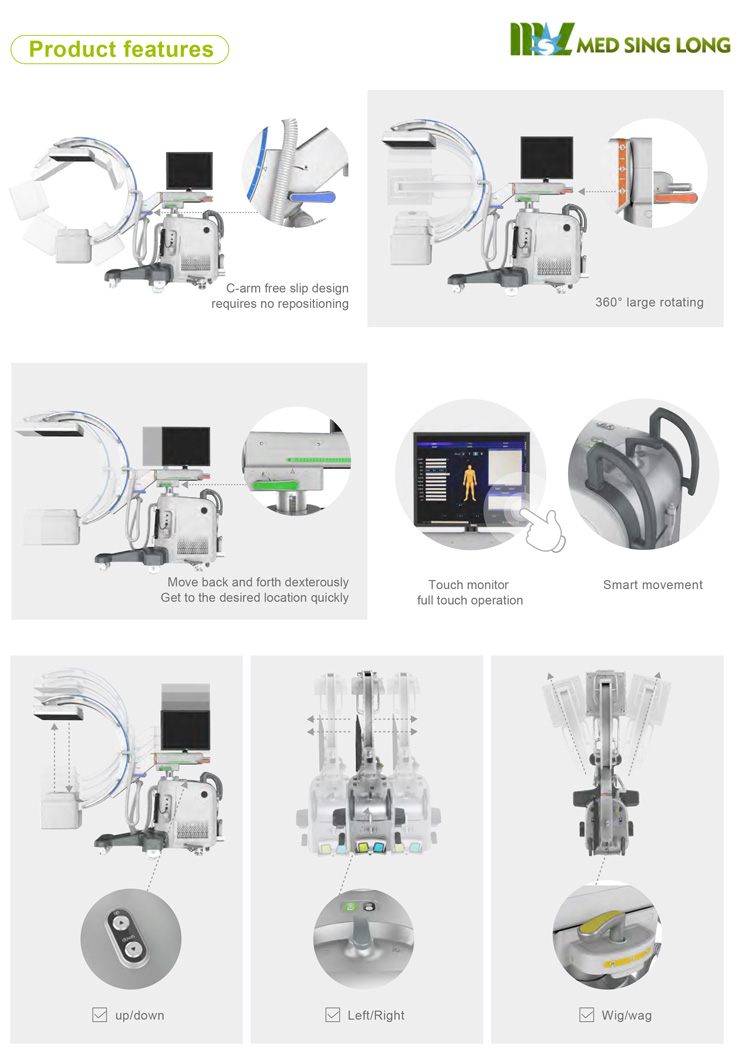




 Price is 8-20% Lower Than Other
Price is 8-20% Lower Than Other



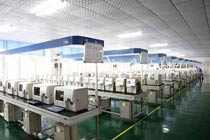
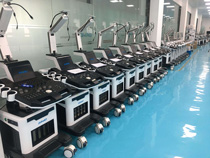













![{pr0int $v['title']/}](https://medicalequipment-msl.com/upload/img/20190612/201906121948506808.jpg.jpg)
![{pr0int $v['title']/}](https://medicalequipment-msl.com/upload/img/20221118/202211181830354425.jpg.jpg)
![{pr0int $v['title']/}](https://medicalequipment-msl.com/upload/img/20130718/201307181613145476.jpg.jpg)
![{pr0int $v['title']/}](https://medicalequipment-msl.com/upload/img/20130719/201307191642092562.jpg.jpg)
![{pr0int $v['title']/}](https://medicalequipment-msl.com/upload/img/20170110/201701101504451910.jpg.jpg)
![{pr0int $v['title']/}](https://medicalequipment-msl.com/upload/img/20130718/201307180942433520.jpg.jpg)
![{pr0int $v['title']/}](https://medicalequipment-msl.com/upload/img/20130719/201307190923224766.jpg.jpg)
![{pr0int $v['title']/}](https://medicalequipment-msl.com/upload/img/20170110/201701101529056533.jpg.jpg)
![{pr0int $v['title']/}](https://medicalequipment-msl.com/upload/img/20231109/202311091209204374.jpg.jpg)
![{pr0int $v['title']/}](https://medicalequipment-msl.com/upload/img/20190612/201906121951109240.jpg.jpg)
![{pr0int $v['title']/}](https://medicalequipment-msl.com/upload/img/20130719/201307191634134195.jpg.jpg)
![{pr0int $v['title']/}](https://medicalequipment-msl.com/upload/img/20170110/201701101443541539.jpg.jpg)
![{pr0int $v['title']/}](https://medicalequipment-msl.com/upload/img/20130720/20130720174125248.jpg.jpg)
![{pr0int $v['title']/}](https://medicalequipment-msl.com/upload/img/20130718/201307180946386669.jpg.jpg)
![{pr0int $v['title']/}](https://medicalequipment-msl.com/upload/img/20200730/202007301353271556.jpg.jpg)
![{pr0int $v['title']/}](https://medicalequipment-msl.com/upload/img/20221117/202211171126101143.jpg.jpg)
![{pr0int $v['title']/}](https://medicalequipment-msl.com/upload/img/20221117/202211171128143905.jpg.jpg)
![{pr0int $v['title']/}](https://medicalequipment-msl.com/upload/img/20221117/202211171128145825.jpg.jpg)
![{pr0int $v['title']/}](https://medicalequipment-msl.com/upload/img/20231109/202311091208015022.jpg.jpg)


